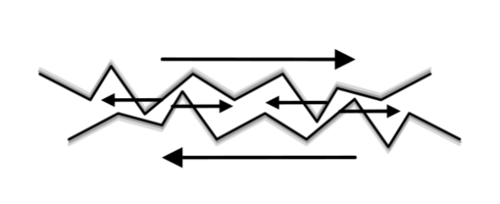Volatility drag - i
 It seems that investments with a constant rate of return
end up with a different return than investments whose average rate of return is
. Might fluctuations in the return rate dissipate potential gains, like friction dissipates kinetic energy in physics?
It seems that investments with a constant rate of return
end up with a different return than investments whose average rate of return is
. Might fluctuations in the return rate dissipate potential gains, like friction dissipates kinetic energy in physics?
Which of the following explains what's going on?
This section requires Javascript.
You are seeing this because something didn't load right. We suggest you, (a) try
refreshing the page, (b) enabling javascript if it is disabled on your browser and,
finally, (c)
loading the
non-javascript version of this page
. We're sorry about the hassle.
0 solutions
No explanations have been posted yet. Check back later!